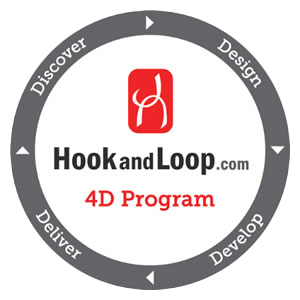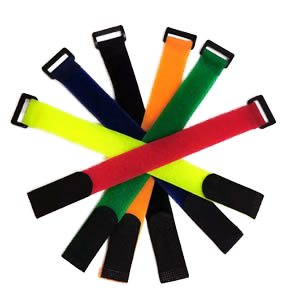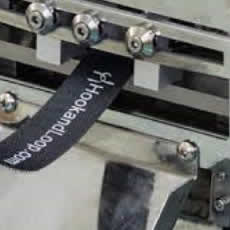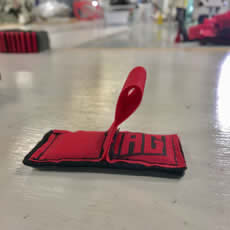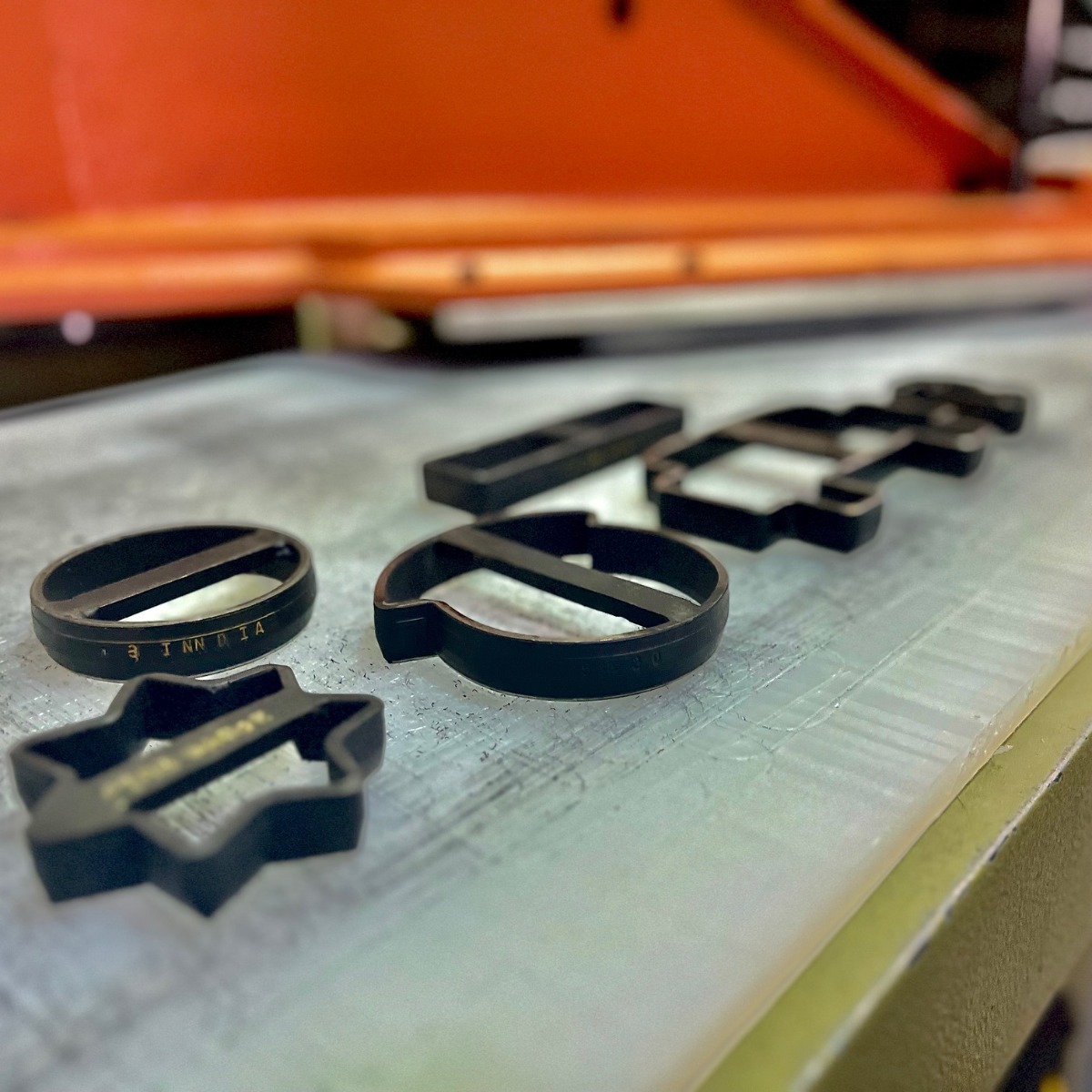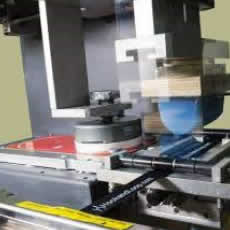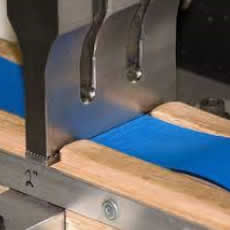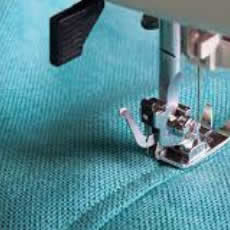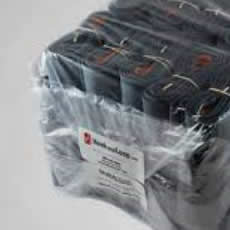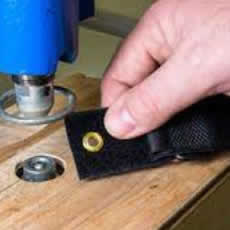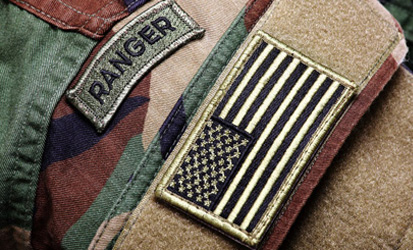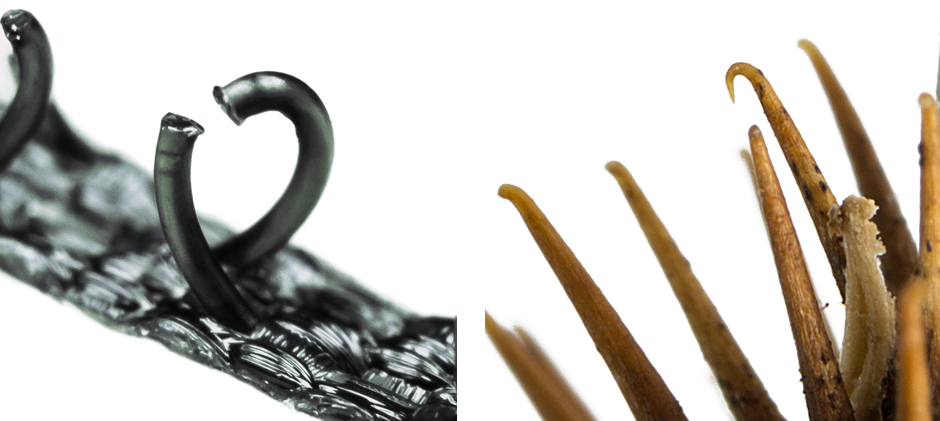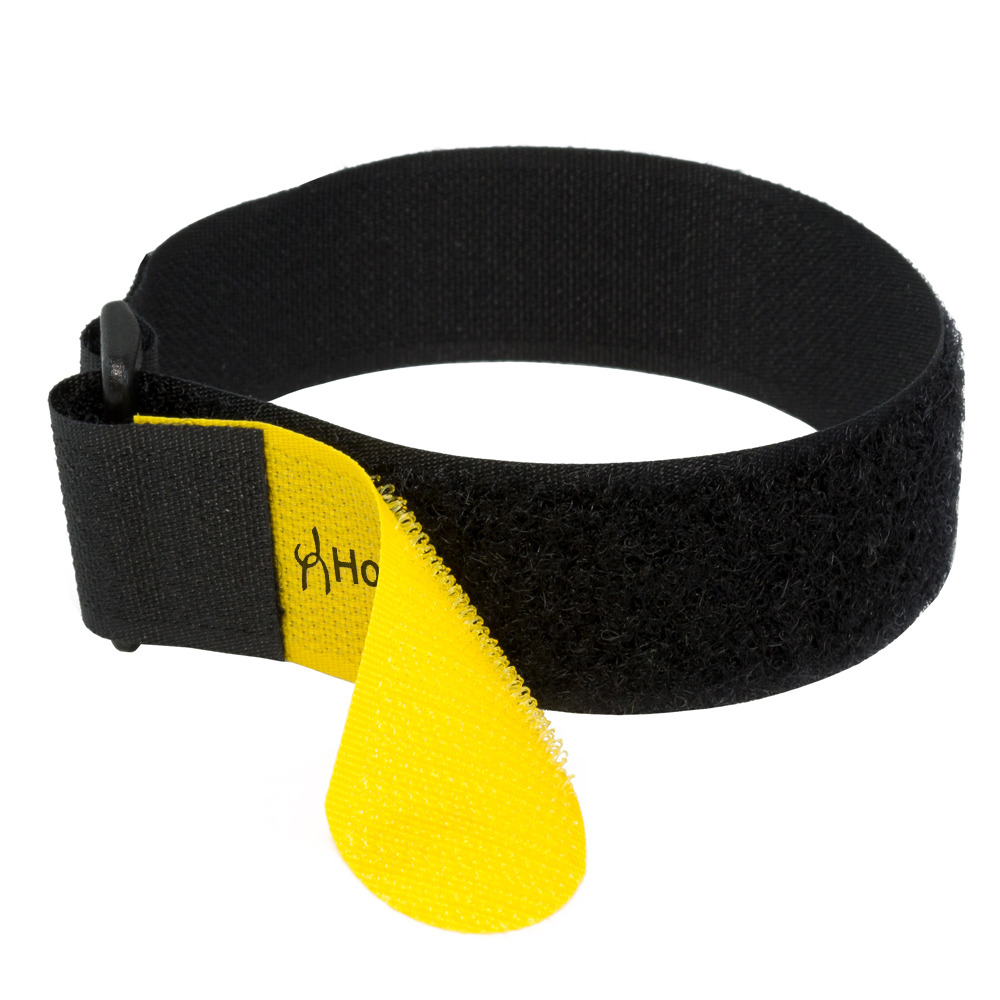Did NASA invent VELCRO® Brand fasteners?
No, NASA did not invent VELCRO® Brand fasteners, but they did help popularize its use. Velcro was actually invented in the 1940s by a Swiss engineer named George de Mestral. He came up with the idea after noticing how burrs from plants stuck to his clothes and his dog’s fur. Inspired by this, he developed the hook-and-loop fastening system, which became the basis for Velcro.
VELCRO® Brand fasteners have been a commonplace fastening solution since the 1980s, but the invention of VELCRO® Brand products dates back to the 1950s, and it is credited with holding together everything from toupees to Space Shuttles.

VELCRO® Brand Products And NASA
It’s no surprise that NASA is commonly and incorrectly associated with the hook and loop fastener’s invention. VELCRO® Brand products and NASA have had a long history that is often intertwined. The fastener is used in various ways in outer space. Consider a day in the life of the astronaut in zero gravity. Anything not held in place is free to move about, prompting the need for a convenient fastener that can be handled easily, even in a spacesuit. Equally important is the fact that the fastener won’t get in the way of regular operations when it’s not in use.
How Astronauts Use Velcro in Space
Astronauts use Velcro in space for a variety of practical reasons, primarily because of the challenges posed by a zero-gravity environment. Without gravity, objects float around, making it difficult to keep items in place. Here's how Velcro helps:
- Securing Objects: Velcro is used to attach tools, equipment, and personal items to walls or surfaces inside spacecraft and space stations. This prevents objects from floating away, which could pose a hazard or get lost in the cabin.
- Fixing Equipment in Place: Many devices and equipment aboard spacecraft, such as laptops, tablets, and cameras, have Velcro patches so they can be mounted on walls or consoles. Astronauts often use Velcro strips to keep these items in place when they're not in use.
- On Spacesuits: Velcro patches are added to spacesuits so astronauts can quickly attach items like gloves, tools, or other gear to their suits during extravehicular activities (spacewalks).
- Temporary Holding: For day-to-day tasks, astronauts use Velcro to temporarily hold small items like pens, notebooks, and food containers. This way, they don't float away and remain easily accessible.
- Personalization and Labels: Velcro is used for labeling items or workstations. Astronauts often attach name tags, mission patches, and other markers using Velcro strips for easy removal or adjustment.
- Hygiene: Keeping things clean is an important part of successful NASA missions. The astronaut hygiene kit used on the Space shuttle Columbia flight in 1981 featured a hook and loop strap system to hold toothpaste, toothbrushes and other personal items in a box for safekeeping. Female astronauts on various space shuttle flights used a supplement to the hygiene kit to carry and secure cosmetics. Hygiene kits throughout the years have also carried tissues and shaving necessities for space crews.
- Tools and Storage: Skylab astronauts used a tool belt dotted with pouches and lined with hook and loop. They used wrenches and other specially designed items to make repairs when needed. The tool belt doubled as a storage place for small parts. Countless NASA crews tethered tools and equipment in place to avoid floating injuries during a mission. Imagine catching a wrench in the eye while floating about the cabin; these VELCRO® Brand applications prevent problems like that.
- Eating: Even something as trivial as eating meals in space can be challenging. Astronauts use hook and loop fasteners to secure their food trays to their laps, making meals more manageable and no doubt more enjoyable.
Astronauts also use hook and loop to play chess in space, or to store items on the wall for easy access. Over the years, VELCRO® Brand applications have helped to make NASA missions successful, but even though they are used many miles above our planet, these fasteners are still used every day here on Earth as well.
In short, Velcro plays an essential role in managing the unique challenges of operating in zero gravity by keeping everything organized, secure, and accessible.
Additional FAQs:
Q. Was VELCRO® really invented by NASA?
A. No, VELCRO® was invented by Swiss engineer George de Mestral in the 1940s. NASA did not invent it, but the agency did play a major role in popularizing it through its space programs.
Q. How did NASA use VELCRO® Brand fasteners in space?
A. NASA uses VELCRO® for:
- Securing tools and equipment in zero gravity
- Holding hygiene kits and food trays in place
- Attaching items to walls and consoles
- Helping astronauts organize gear on spacesuits
- Even for playing games like chess in orbit
Q. Why is VELCRO® associated with NASA?
A. VELCRO® became associated with NASA because of its high visibility during space missions. NASA used it extensively for securing gear in weightless environments, which led the public to mistakenly assume NASA created it.
Q. Is VELCRO® Brand fasteners still used in space today?
A. Yes, VELCRO® Brand fasteners continue to be used in modern space missions. They're a practical, reusable solution for organizing and securing objects in microgravity conditions aboard spacecraft and space stations.

